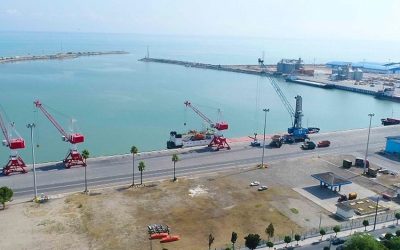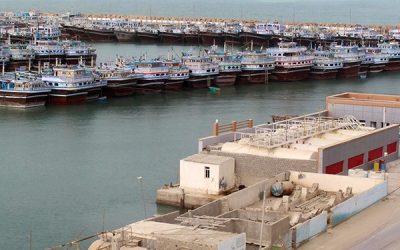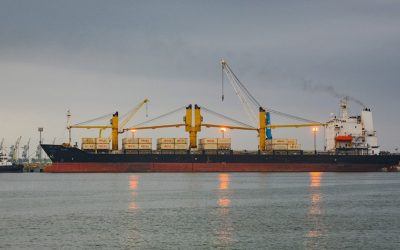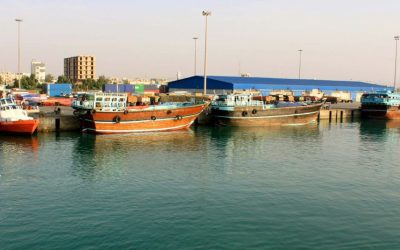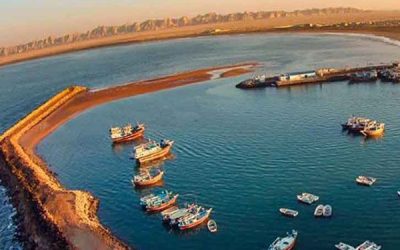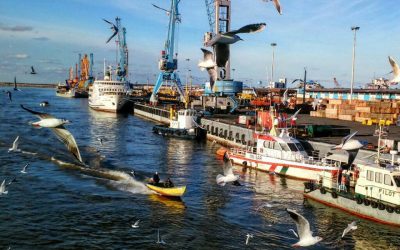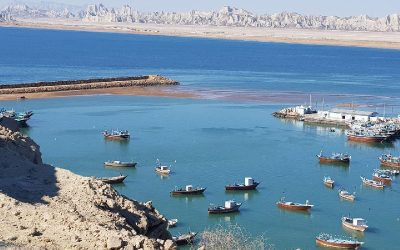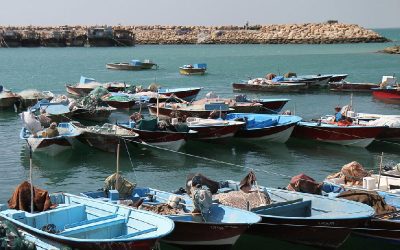IRAN’S MARITIME HERITAGE AND INVESTMENT POTENTIAL: A GOLDEN OPPORTUNITY
Iran’s maritime history spans thousands of years, deeply intertwined with trade, exploration, and seafaring innovation. From the early days of handcrafted wooden ships to the modern development of strategic ports, Iran has long played a vital role in regional and international maritime routes. The Persian Gulf—one of the world’s oldest maritime hubs—has served as a gateway for trade between Asia, Africa, and Europe, shaping Iran’s seafaring identity.
For centuries, Iranian sailors navigated vast distances, establishing trade connections with the Indian subcontinent and East Africa. Traditional vessels such as the Boom and Jajah were instrumental in these long voyages, carrying Persian goods—including carpets, pistachios, dried fruits, and dates—to far-reaching markets. These early maritime endeavors laid the foundation for Iran’s modern ports and shipping infrastructure, which today stand as pivotal assets in global trade.
Despite Iran’s historical strength in seafaring, its ports have yet to reach their full potential. With over 200 million tons of loading and unloading capacity in its northern and southern ports, only half is currently utilized. However, evolving geopolitical dynamics—particularly the reconfiguration of global trade routes due to the Russia–Ukraine conflict—have created an unprecedented opportunity to maximize port efficiency and attract substantial investment.
The North–South Transport Corridor, a strategic initiative linking Russia, Central Asia, and the Indian Ocean through Iran, has further enhanced the significance of the country’s ports. Chabahar Port, in particular, has become a focal point for investment from nations such as India, Afghanistan, and those in Central Asia. Meanwhile, Shahid Rajaei Port has secured several foreign investment projects totaling $6 billion. In recent years, the private sector has finalized 126 investment contracts in Iranian ports, with additional financing directed toward the construction and acquisition of commercial, service, passenger, and tourism vessels.
Iran’s ongoing port development projects—including agreements for advanced maritime equipment such as gantry cranes, tugboats, and maritime search and rescue vessels—demonstrate a strong commitment to modernization and global integration. These investments are not only enhancing port efficiency but also positioning Iran as a key player in international trade corridors.
With its deep-rooted maritime legacy and expanding infrastructure, Iran presents a golden opportunity for investors, maritime businesses, and industry leaders. IRANIMEX serves as the ultimate platform to explore these opportunities, bringing together global stakeholders to unlock the full potential of Iran’s ports and maritime sector. Now is the time to take part in this transformation and shape the future of maritime trade in the region.


